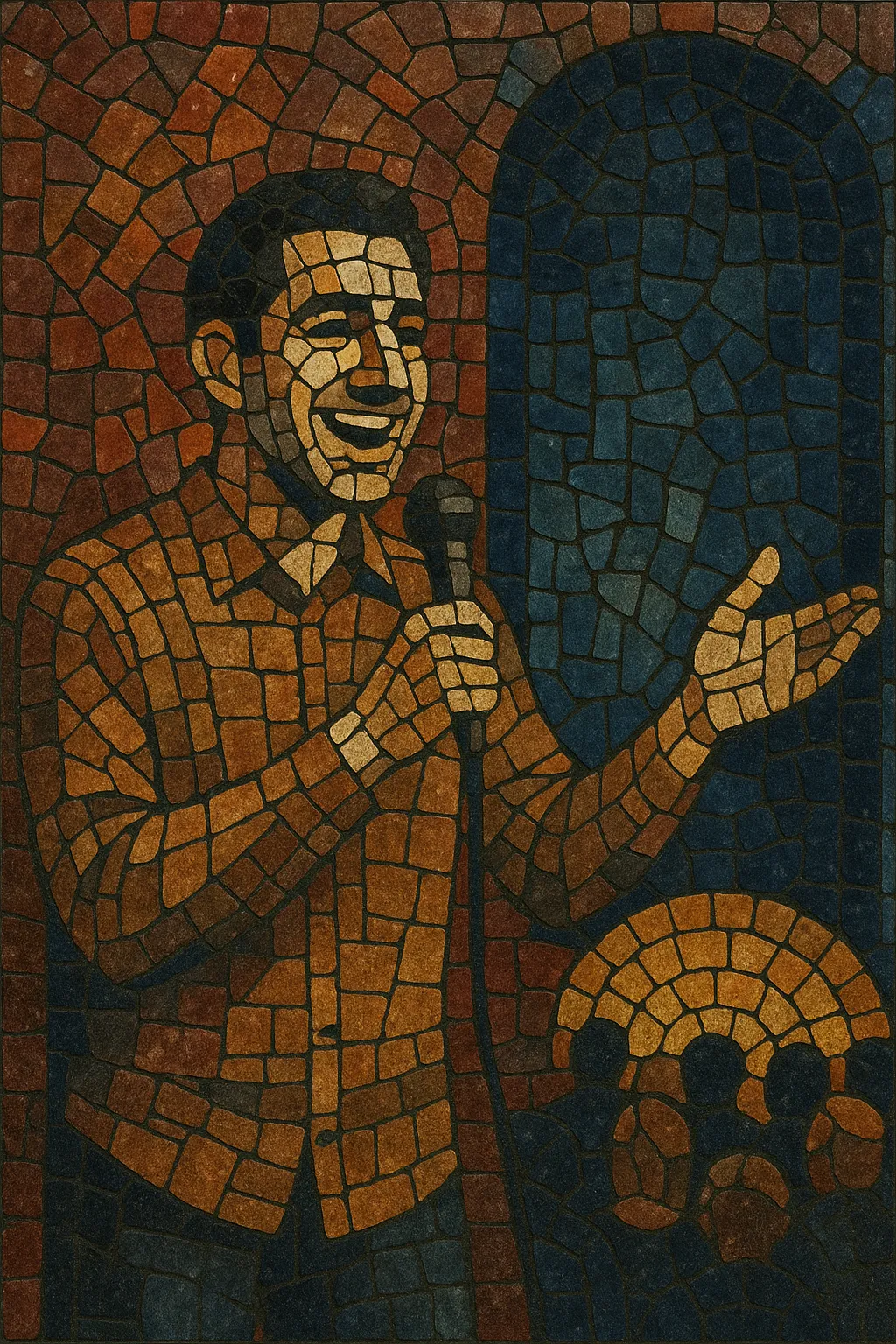
Stand-up comedy is a live, primarily spoken performance art in which a solo performer delivers a sequence of jokes, stories, observations, and improvised bits directly to an audience. The performer typically uses a microphone on a bare stage and relies on timing, phrasing, persona, and audience rapport rather than musical accompaniment.
While its roots lie in earlier variety entertainment, the modern form of stand-up emphasizes a personal point of view, sharp premise–setup–punchline structure, and recurring devices such as tags and callbacks. Sets are often tightly written but leave room for crowd work and improvisation. The genre spans styles from observational humor and satire to storytelling, one-liners, character work, and confessional comedy.
Stand-up comedy grew from 19th–early 20th century variety entertainment: American vaudeville and British music hall, minstrelsy-era comic monologues, and cabaret patter. These venues normalized short comic turns between musical and novelty acts, creating the template of a solo performer addressing the crowd.
With the rise of radio and recordings in the early 20th century, comic monologists and storytellers reached wider audiences, while nightclub circuits and resort venues (e.g., the Borscht Belt) fostered an increasingly joke-dense, microphone-based style.
The postwar nightclub era crystallized the modern form: comics delivered original material focused on contemporary life, politics, and personal perspective. Pioneers like Mort Sahl and Lenny Bruce expanded topicality and pushed boundaries on language and taboos, influencing later innovators. Television variety shows and comedy records helped standardize the tight “set” format and elevated the status of the stand-up headliner.
In the 1970s, stand-up flourished in dedicated comedy clubs. Richard Pryor and George Carlin brought confessional honesty and linguistic play, shaping the art’s emphasis on voice, authenticity, and societal critique.
The 1980s club boom, cable TV, and late-night shows created a vast platform for observational and character-driven styles, launching many careers. Comedy specials and albums became key formats for long-form sets, while touring circuits professionalized the craft.
By the 1990s–2000s, stand-up diversified globally, blending local cultures, languages, and political contexts. The rise of festivals (e.g., Edinburgh Fringe) and international circuits broadened stylistic palettes and audiences.
Streaming platforms, social media clips, and podcasts reshaped discovery and distribution, enabling niche voices and direct fan engagement. Crowd work clips and short-form video accelerated material turnover, while long-form specials preserved the art’s narrative arc. Today, stand-up thrives alongside adjacent forms like sketch, storytelling shows, and comedic music, sustaining its core: a person, a mic, and a point of view.

